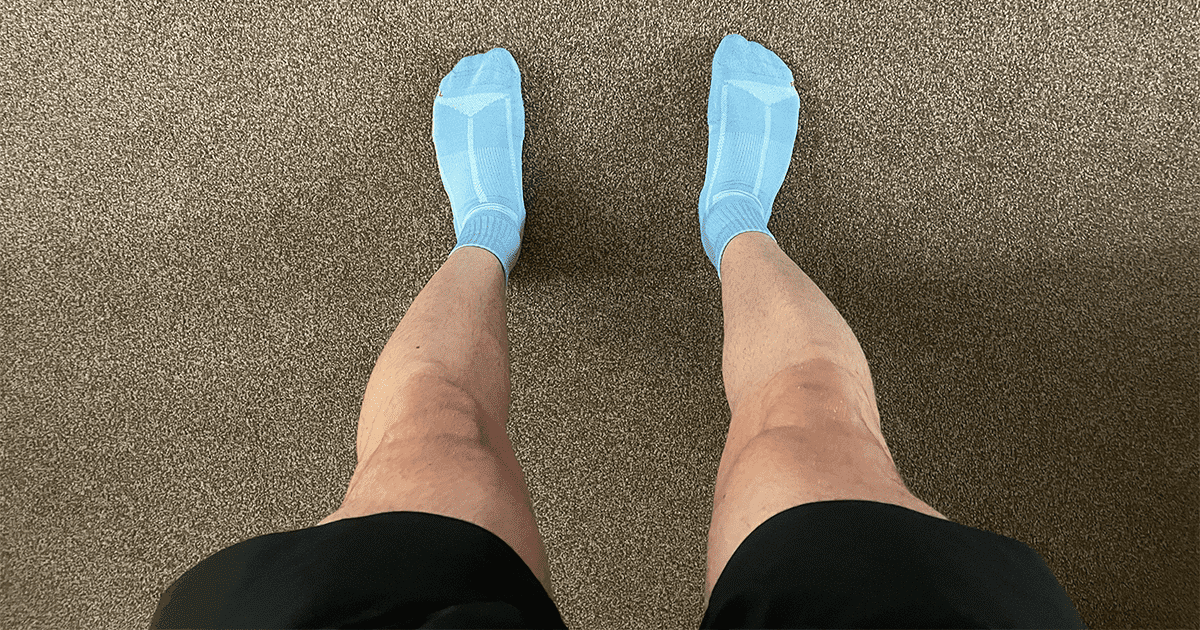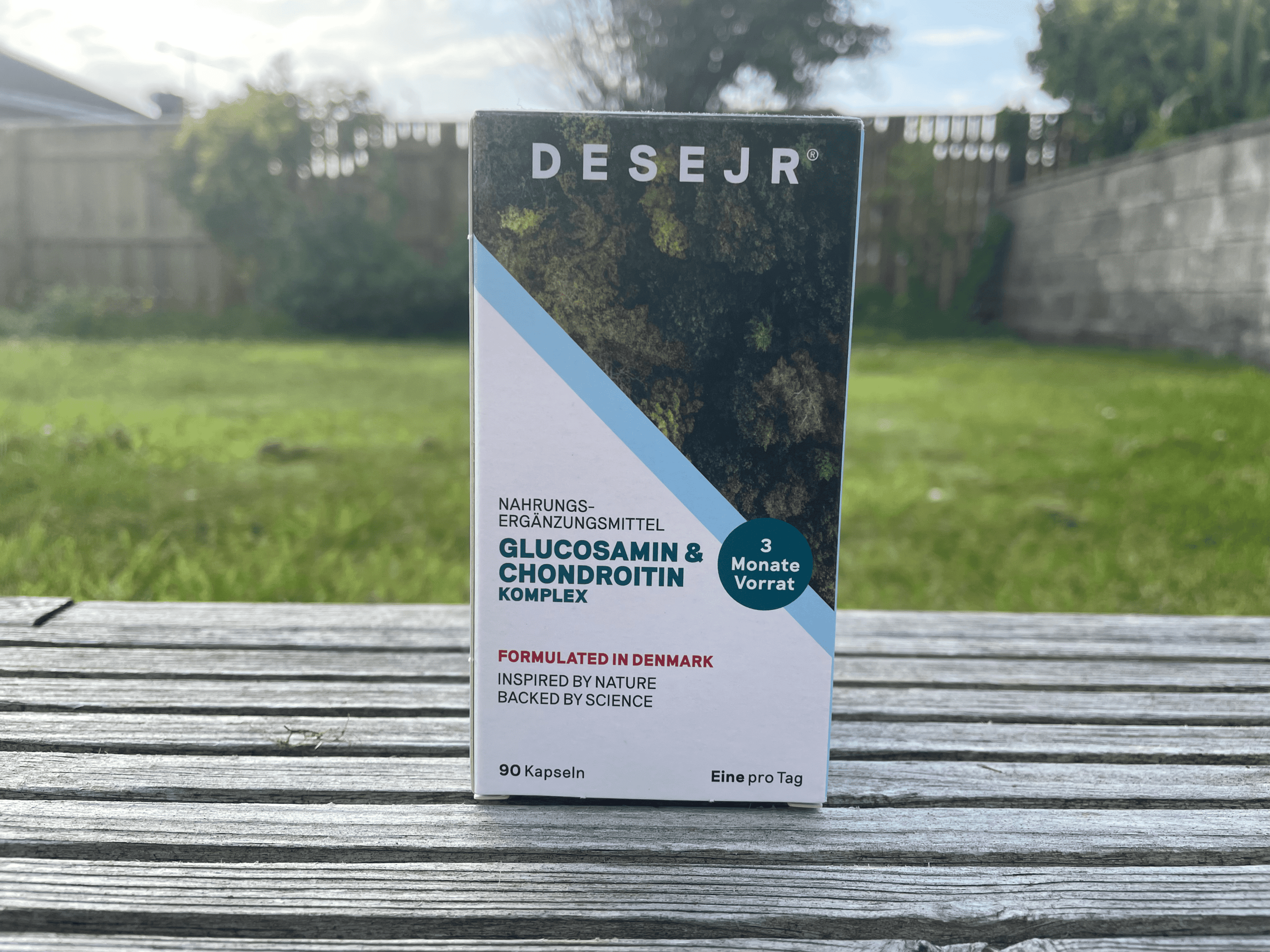Are running insoles worth it?
What are running insoles, and who are they for?

If you’ve recently got a new pair of running shoes, but they’re not as comfortable as you’d like, you may wish to consider a pair of running insoles.
Walk into any running store, or visit your favourite online outlet, and you’ll find every type of insole. There’s a running insole for maximum shock absorption, one for overpronation, another for supination, and the list goes on.
But are running insoles worth it? The truth is, not every runner needs or should be using running insoles. However, if you do need a pair of insoles, then a good insert is an indispensable piece of kit.
A proper pair of insoles for running can be used to reduce foot pain, may help prevent injuries, and can improve biomechanics. And for runners with injuries such as plantar fasciitis, well, a pair of insoles may make running a reality and less of a pipe dream.
So, with that out of the way, this blog post will unpack the question in more detail: are running insoles worth it?
What are running insoles?
Before we dive into the deep end, let’s cover the basics.
What are running insoles?
Running insoles, also known as orthotics or shoe insoles, are a shoe liner that replaces the existing insole in your running shoe. You can also use these inserts in walking shoes, boots, and other footwear.
There are many types of inserts designed for various runners. For example, some insoles may focus on improving shock absorption, while another pair might place your foot in an entirely new position to improve running form and reduce pain.
You need to find the right insole for you (if you’re even using them) to reap the benefits.
Who are insoles for?
Most runners would likely benefit from a pair of standard shock-absorbing running insoles.
But there is also a wide range of insoles for runners with the following:
- Overpronation: when the foot rolls inwards.
- Supination: when the foot rolls outwards.
- Plantar fasciitis: pain at the bottom of the foot and around the heel and arch.
- Runner’s knee: a dull pain around the front of the knee.
- High arches: your feet are raised more than normal.
- Shin splints: a common type of pain found along the tibia (shin bone).
- Flat feet: your feet press flat on the ground.
If you have one of these symptoms, then chances are, you’d benefit from a pair of insoles.
But it should be noted: problems occur when runners choose insoles for overpronation, supination, etc. when they don’t have these foot problems.
Wearing the wrong insole can cause injury and will likely cause lots of pain.
If you think you need a specific insert, it’s well worth consulting with a podiatrist, doctor, or physiotherapist beforehand. At the very least, we’d suggest a gait analysis test performed at your local running store.
But be careful, as they’ll likely try to upsell the latest and often most expensive insoles.
On the other hand, if you do suffer from one of these foot issues, the right pair of insoles designed for your condition will drastically reduce pain, increase comfort, and allow you to run with better form.
Are custom insoles worth it for running?
When we talk about running insoles, we’re usually referring to over-the-counter (OTC) options. That’s any pair you can buy online or in your local sports shop.
But there are also what is known as “custom insoles.”
Custom insoles are usually recommended by podiatrists when you have a specific foot problem.
These insoles are tailored to you – designed for your foot to support certain biomechanical issues.
A pair of OTC insoles often cost anywhere from £10 – £30, whereas a pair of custom insoles can cost upwards of £250.
Typically, after speaking to a podiatrist (or other foot specialist), we’d suggest trying out a pair of OTC insoles (if needed) before investing in a custom pair.
It’s best to start with the least expensive option first, working your way up to the most expensive option, only if needed.
In some cases, a podiatrist will warn you against running insoles and instead may prescribe rehabilitation exercises to strengthen your lower limbs and feet.
The experience is entirely individual, so there’s no one best option.
But it’s worth seeking the advice of a professional before you try an insole which you might not need.
Running insoles are not for all runners
So, the big question: are running insoles worth it?
Shoe insoles are not for all runners. If you can, we’d suggest not wearing them.
But if you are experiencing pain, perhaps you overpronate, underpronate, or have other foot issues, a pair of running insoles can really transform your running, improve comfort, and fix some biomechanical issues.
If you’re looking for the right pair for you, then we suggest checking out our guide on the best running insoles.
Always consult with a podiatrist, physiotherapist, or other healthcare professional before choosing a new pair of insoles for your running shoes.

Matthew is a lifelong runner, chief tester of all products, the founder of Running101, and freelance content writer for active brands. When he’s not writing, he enjoys lifting weights, cycling in the Lake District, and watching fast cars drive in circles on a Sunday. He also has a BA in sport, exercise and physical activity from the University of Durham.




